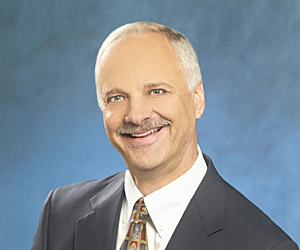
Peter Christie, an Analytical Training Consultant for SAS, has a long and interesting relationship with statistics. To hear him tell it, the relationship is like a marriage with all the ups and downs of any long-term commitment. Read all about Peter and his love of statistics here, and then be sure to check out the rest of the SAS loves stats series as we focus on the International Year of Statistics.
What do you do at SAS?
I teach several analytical courses on data mining, business analytics and predictive modeling. When schedules permit I sometimes get to go on site and help customers with their analysis. I also write and update training courses.
What’s your educational background?
My undergraduate degree is in music. Unlike most of my peers at the time, I signed up for math and science electives instead of the typical fine arts choices, since I also liked engineering. I have an MBA from UNC-Chapel Hill.
Why do you love statistics?
Well you know this is a really interesting story, one that I don’t often tell since it doesn’t have a closed-form solution: Actually statistics loved me first, and then I changed in time. I think it was the confidence intervals that first caught my eye and then the delightful perspective of inference provided depth to the relationship. Sure, things became strained when I got into predictive modeling because I ended up neglecting lots of the traditional statistical techniques in favor of new exciting empirical validation, but I had to do this to obtain good models. To make a long story short, we’ve come to an understanding now, and we enjoy a great relationship.
If you had to do it all over again would you have done anything differently?
I would have used a p-value of .025
Can you comment on the importance of statistics in education?
Everyone should take a course in statistics to improve their critical thinking skills so they can better discern the difference between sound and flawed analysis in the media. I believe that students who find an interest in the STEM disciplines (science, technology, engineering and math) and are willing to put in the extra effort to study them, will find it well worth their investment. In my job for example, I get to do learn exciting new things, help others address real issues, work with creative people, and make a difference.
What advice would you give to students studying statistics today?
I think whether a student will be using statistics for a research or a business capacity there are similarities. Learn how to restate your business (and research) problems in terms of an appropriate statistical technique and make sure your data are appropriate for the objective. Better data can lead to better analysis.

1 Comment
Hi,
In answer to the question ""If you had to do it all over again would you have done anything differently?", Peter replied "I would have used a p-value of .025". As p-values are calculated from the data, I think he should re-word that!
Regards,
Frank